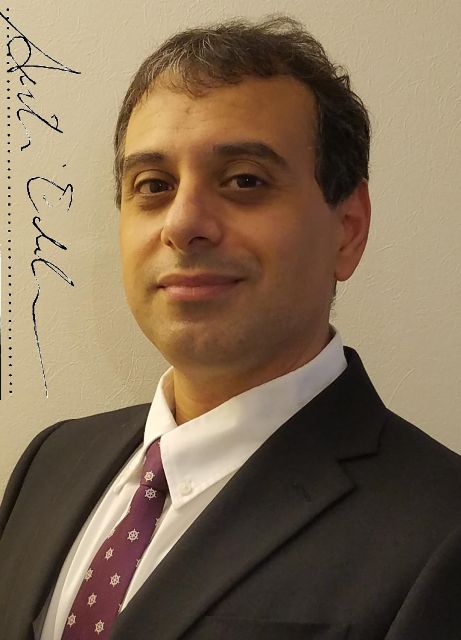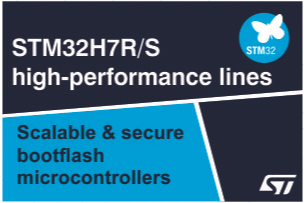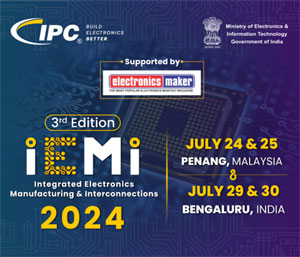
In an exclusive media briefing held in India, Mr. Edoardo Auteri (S&M Head of Sustainability Programs, APeC Region at STMicroelectronics, shared insights into ST’s transformative sustainability journey. With over 30 years of dedication to environmental responsibility, ST is paving the way for carbon neutrality by 2027. From renewable energy sourcing and water conservation to eco-design, product carbon footprint measurement, and sustainable packaging, ST is setting new benchmarks in semiconductor sustainability. In this candid Q&A, Auteri explains how ST’s technologies and corporate policies are not only reducing its environmental impact but also empowering customers and communities to accelerate their own sustainability goals.
Q: STMicroelectronics began its sustainability efforts decades ago. How did this journey start?
Our sustainability journey began over 30 years ago—when the term wasn’t even common. Back then, it was called “environmental responsibility.” We acted voluntarily, with no pressure from governments, and established internal rules to reduce our environmental impact. Over time, we introduced structured programs like our Product Stewardship initiative in 2011 and declared our carbon neutrality goal for 2027 in 2020.
Q: What does ST’s 2027 carbon neutrality commitment entail?
Our commitment covers all direct and indirect emissions (scopes 1 and 2), as well as product transportation, business travel, and employee commuting emissions (our scope 3 focus). In 2023, renewable sources provided 71% of the electricity we consumed, helping us avoid approximately 636,000 metric tons of CO₂ emissions. By the end of 2024, 84% of our electricity consumption came from renewable sources. A notable milestone is our 15-year Power Purchase Agreement with TotalEnergies to supply 1.5 terawatt-hours of renewable electricity to our French operations, which began in January 2025. All of this supports our target of 100% renewable energy by 2027.
Q: ST is known for its resource-efficient innovations. Can you tell us more?
Semiconductor manufacturing is water-intensive, so we focus on reduction, recycling, and smart metering. In India, for example, we deploy STM32-powered smart meters that detect inefficiencies, leakage, and wastage—a key factor in water-stressed regions.. Across sites, we’ve saved hundreds of thousands of cubic meters of water and increased the recycled water percentage. In 2024, ST recycled 54% of its total water consumption, and investing in water-saving projects continues to be a priority. Energy-wise, we design microcontrollers like STM32WL and U3 series with ultra-low power features to reduce consumption in end-use applications.
Q: How does ST support customers in reducing their own emissions?
We go beyond our own footprint—we focus on handprint too. We provide tools and calculators to help customers estimate induced and avoided emissions. For example, a fridge using our motor control solutions avoids CO₂ emissions equivalent to the absorption of 169 trees over its lifetime. Our open eDesign suite enables engineers to simulate low-emission designs using our “responsible products.”
Q: What role does ST’s technology play in high-demand applications like AI and servers?
AI data centers are energy-intensive. ST’s SiC and GaN power devices reduce standby power consumption, which is often higher than peak load. Our designs ensure efficient power delivery without compromising performance, and we extend this to wearables and IoT, enabling month-long operation on a single charge with ultra-low power MCUs.
Q: How do you measure and communicate product sustainability?
All our semiconductors follow an eco-design framework. We perform cradle-to-gate LCA, and in some cases, cradle-to-grave. Customers can request a Product Carbon Footprint (PCF) report, which shows CO₂ equivalent per product unit. These PCFs improve as we scale renewable energy sourcing, increase energy efficiency, and enhance waste and water management..
Q: What steps has ST taken toward sustainable packaging?
We use 100% recyclable packaging made from natural fibers. These can be composted within six months. Beyond packaging, we’re shifting from a linear economy to an open-loop circular economy, aiming to make waste a secondary raw material. Our packaging strategy reduces both Scope 3 emissions and costs.
Q: How does ST bring sustainability to the community level?
Through our STEM programs, we engage schools and universities, spreading sustainability awareness. We also collaborate on sustainable design projects with startups and customers. In India, we focus on smart metering, EV infrastructure, and energy-efficient appliances. Our smart metering solutions use ultra-low-power semiconductors that extend battery life, improve accuracy, and help utilities minimize water loss. Across use cases, we provide robust components from MOSFETs to MCUs which support local innovation.
“STMicroelectronics is proving that sustainability and innovation are not mutually exclusive but mutually reinforcing. From powering electric vehicles to enabling smart metering and AI efficiency, ST is helping industries and individuals design for a better planet.“






